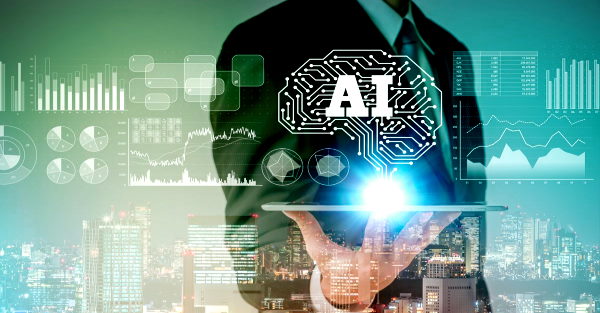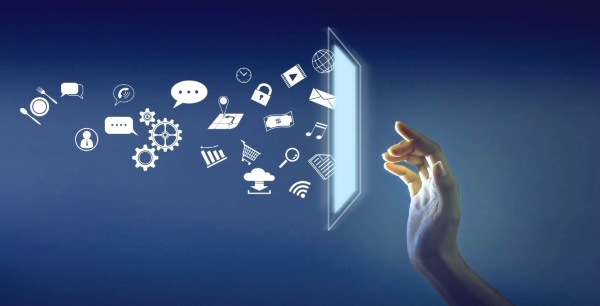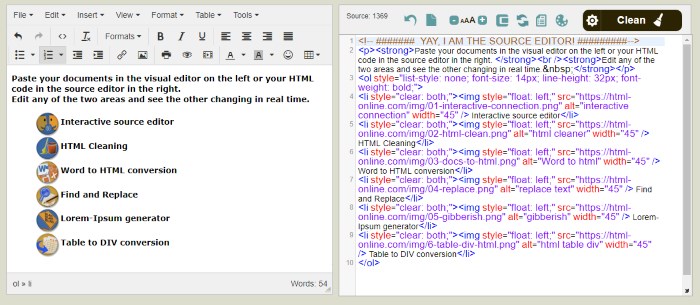As we move into 2026, the software development industry trends will realign around AI-first toolchains, cloud-edge fusion, and stronger security-by-design. In this article, you will get to see high-performance software development trends that are already influencing decisions in today’s engineering shops. If you embrace these seven shifts, you’ll do better than those who use last year’s playbook.

1. Software Development Industry Trends Involving AI-powered Development Workflows
One noticeable trend in the growth of the software development industry is embedding large language models and agentic systems in development toolchains. AI does more than just suggest code snippets now:
- Prompt-based coding, also known as Vibe coding, lets professionals indicate the behavior they want, leaving the majority of work to the AI.
- Over a loop aims to provide collaboration between agents with the orchestration of test generation, dependency resolution, and deployment pipelines.
- The generation testing and validation tools derive unit/integration tests automatically as a result of a specification change.
- Before humans even see it, AI removes performance, style, and vulnerabilities from code review and security scanning.

The AI-driven development pipelines minimize the context switch and mental workload. Engineers transition from correcting mechancal syntax to thinking about higher-order design. They decide what to build, instead of how to type it. It is very challenging to keep the model accountable, reproducible and compliant. Teams using explainable AI coding standards will find it easier to earn stakeholder trust as these intelligent systems take on more autonomy.
2. Cloud-Native and Edge Hybrid Evolution in Software Development Trends
Systems that scale up and are resilient are not fully centralized anywhere in the remote cloud. The latest trends in software development are cloud-native and edge computing. Organizations are realizing that workloads, such as IoT analytics or AR rendering, that are sensitive to latency can benefit from computation occurring closer to the data.

- Microservice and serverless containers remain a foundation, but it further extends to the edge function and on-device processing.
- With a distributed data plane, analytics and state management are placed close to eventual users.
- Hybrid orchestration layers enable teams to deploy workloads seamlessly across the public cloud, private cloud, and edge clusters.
- FinOps (Financial Operations) and cloud cost optimization are essential to maintain performance without spiralling costs.
Developers must now understand deployment topologies, energy constraints, local geographies, and data compliance when they write code. The quickest teams will build for cloud-edge symmetry. That means deploy once, run anywhere.
3. Trends in Low Code and Composable Architectures
To fight the shortage of talent and speed up delivery, the trends in software development are increasingly moving towards low code, no code and composable building blocks.
- Citizen development allows non-engineers to provide internal tools or dashboards through low-code frameworks.
- Composable architecture (mashups of microservices, headless APIs and widget libraries) allows teams to develop by assembling instead of writing all of the code.
- Teams can use UI, backend and integration modules of dynamic component marketplaces again and again.
- Dev models that are used as hybrids with engineers providing core functionality, but leave abstractions to be defined by stakeholders or product teams.

This democratization of software creation increases capacity without reducing quality. Engineers work with frameworks, scalability, and security. Balancing creative freedom and governance will be key to controlling the observability and maintainability of systems created by others.
4. Trends in Security as Code and Trust-centric Design
Increased danger and rules push top software development trends toward security-first engineering. The threat of cyber risk affects any group that designs or sells technology products.
- Early development processes include security checks, threat modeling, and compliance with shift-left DevSecOps.
- SBOM (Software Bill of Materials) and provenance tracking have become standard for verifying dependencies.
- All service-to-service calls are authenticated, encrypted, and audited at runtime, aided by Zero-Trust architecture.
- In production, the application runs with RASP (Runtime Application Self-Protection), anomaly detection, and AI threat mitigation.
- Coding with regulation awareness will allow AI to code, ensuring compliance, privacy, and audit requirements from the start.

The focus now is not on firewalls but on trust at the code level. The security system can be programmed, declared and automated to quicken response time and enhance resiliency in distributed architectures. By the year 2025, we can expect continuous compliance pipelines to be as vital as CI/CD pipelines were 10 years ago.
5. Trends in Open Innovation and Coopetition
There’s another trend in the prediction of the software development industry growth trends which is a not-so-obvious one but extremely powerful. That trend is open-coopetition which changes how companies contribute and consume open-source technologies.
- More and more enterprises are hosting their open frameworks and competing commercially on top of them.
- Codebases are made up of various corporate and community commits that accelerate features and spread risk.
- Governance models change as corporations stamp their authority without hindering community confidence.
- Across the different vendor boundaries, you’ll see the emergence of shared AI model hubs, shared plugin ecosystems, and shared abstractions.
As AI-assisted coding expands, collaborative model training and dataset transparency will evolve in a manner comparable to the use of open-source software. Thus, in the future, participation will likely be a strategic advantage rather than a charitable act.
6. Trends in Sustainability and Green Software💚
Software engineers are now putting more emphasis on energy-efficient programs because of climate change awareness. Nowadays, the carbon footprint of every architectural decision is being calculated by organizations.
Hosting region, algorithmic complexity, etc.
- Practices that ensure that algorithms, memory, I/O, and everything else are energy-efficient.
- Jobs or compute tasks run when data centers are powered by renewable energy sources.
- We monitor usage of each feature to improve the performance in real life.
- When designing, lifecycle impact accounting helps to factor in carbon footprint (i.e, energy cost in electricity) and not just the compute cost.
When teams go green, it lowers operational costs and enhances sustainability reporting. The trends in the software development industry demonstrate that green engineering brings together environmental responsibility and performance optimisation. In a nutshell: smaller, faster, leaner systems guarantee environmental and financial efficiency.
7. Trends in Observability, AI ops, and Self-healing Systems❤️🩹
As systems get more complicated, the focus has shifted from deployment to continuous intelligence and self-management.
- The usage of machine learning for detecting performance drift, configuration regression, and security anomalies automatically as AI Ops and Anomaly Detection.
- A self-healing infrastructure performs actions such as autoscaling, rollback and failover automatically without manual intervention.
- Full-stack observability relates logs, traces, metrics and business signals to enable real-time diagnosis.
- Digital twins and simulation environments enable teams to test changes in replica environments before production deployment.

This practice helps ensure continuity in large-scale software development. Observability is no longer just reactive monitoring. It has moved on to proactive cognitive processes. AI-assisted operations are always learning from incidents and using that knowledge to make deployment automation better.
Applying Emerging Software Development Trends in Real Projects
Many forward-thinking software companies are already implementing these trends to stay ahead of the curve. If you need a partner experienced in these emerging software development trends, Redwerk can build custom software specially tailored for them.

Our interdisciplinary teams work on the integration of AI assistance in development, design, and cloud-edge architectures, build secure-by-default systems, and employ composable frameworks to scale future-ready products. We have delivered resilient, maintainable solutions using observability tools, green software techniques, and modern open-source collaboration practices for clients across industries.
Don’t Miss the Software Development Train!
The software development industry trends, extend beyond merely fashionable trends to impactful trends that influence how we develop, deploy, and maintain systems. The above seven trends – AI-first workflows, cloud-edge hybrid design, low-code composability, security-first engineering, open coopetition and sustainability and intelligent observability – are nonnegotiable to succeed in the future.
